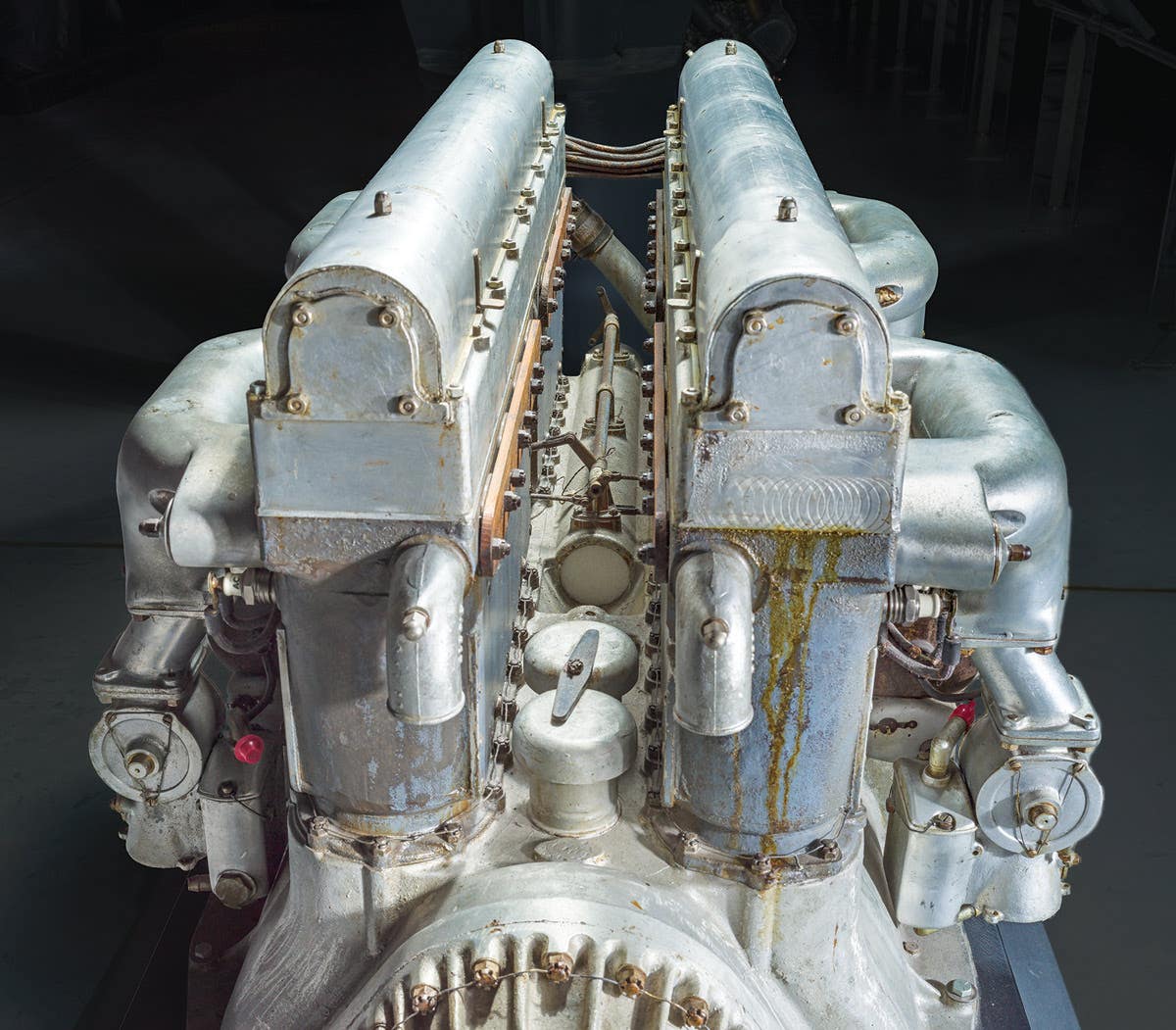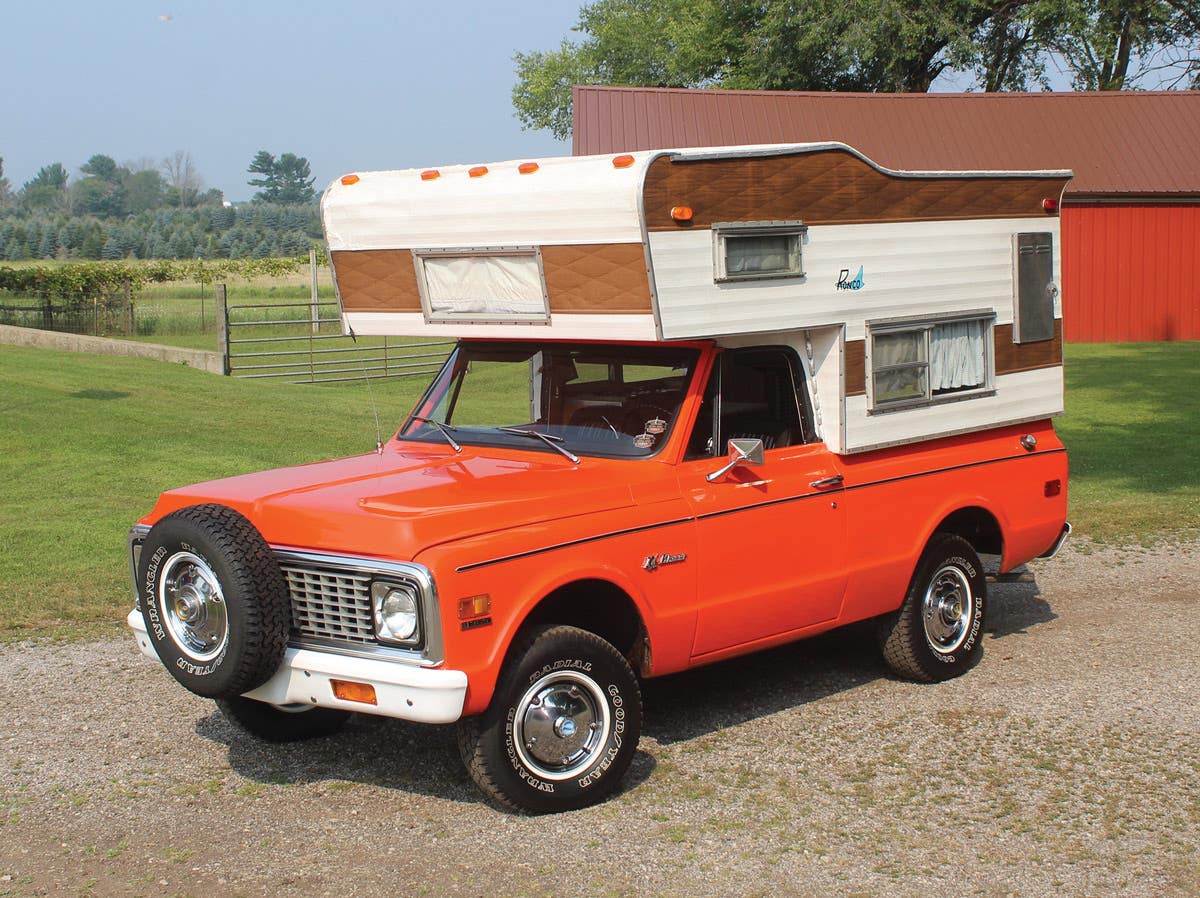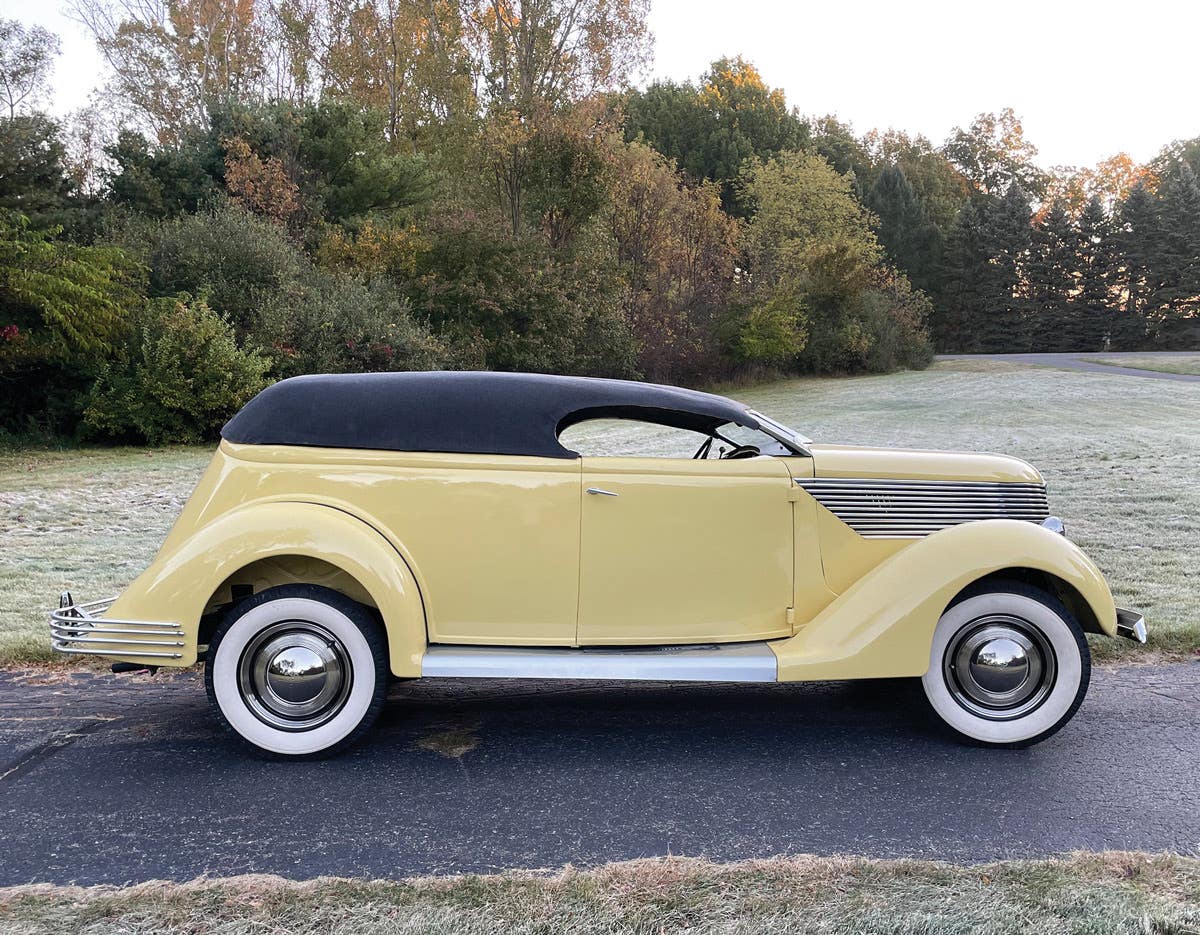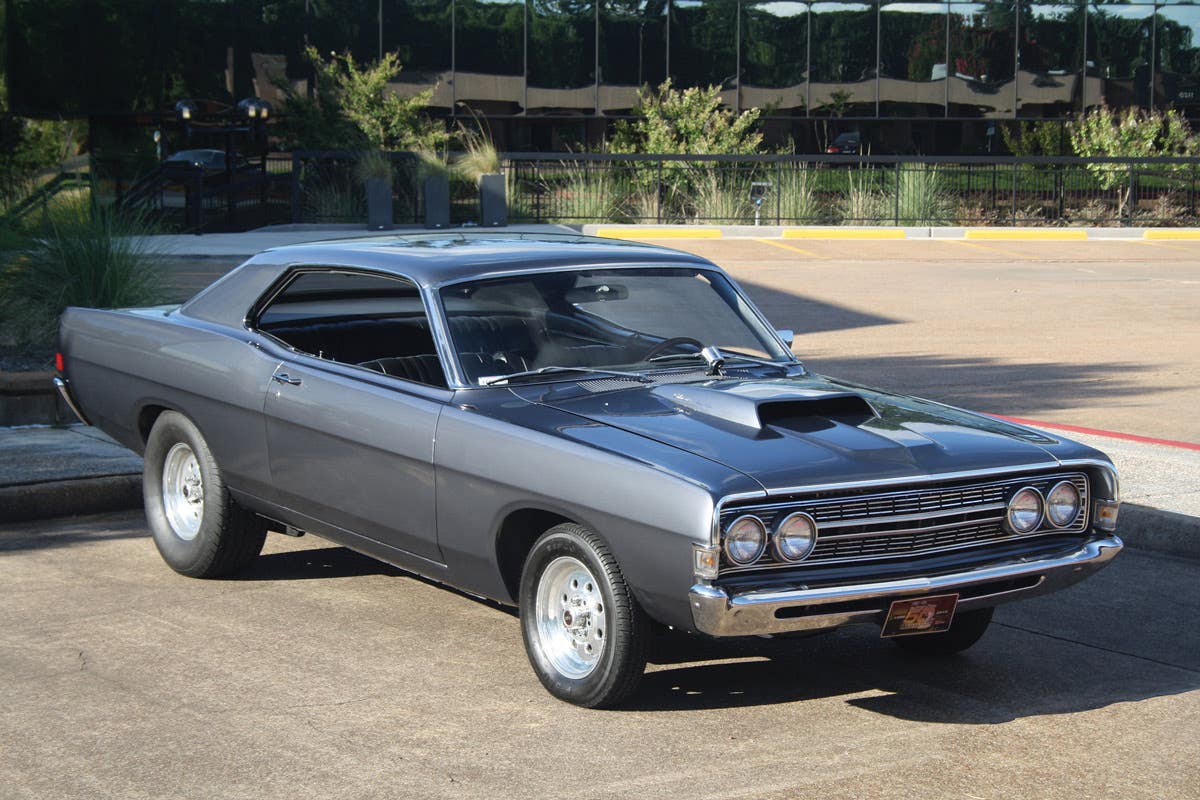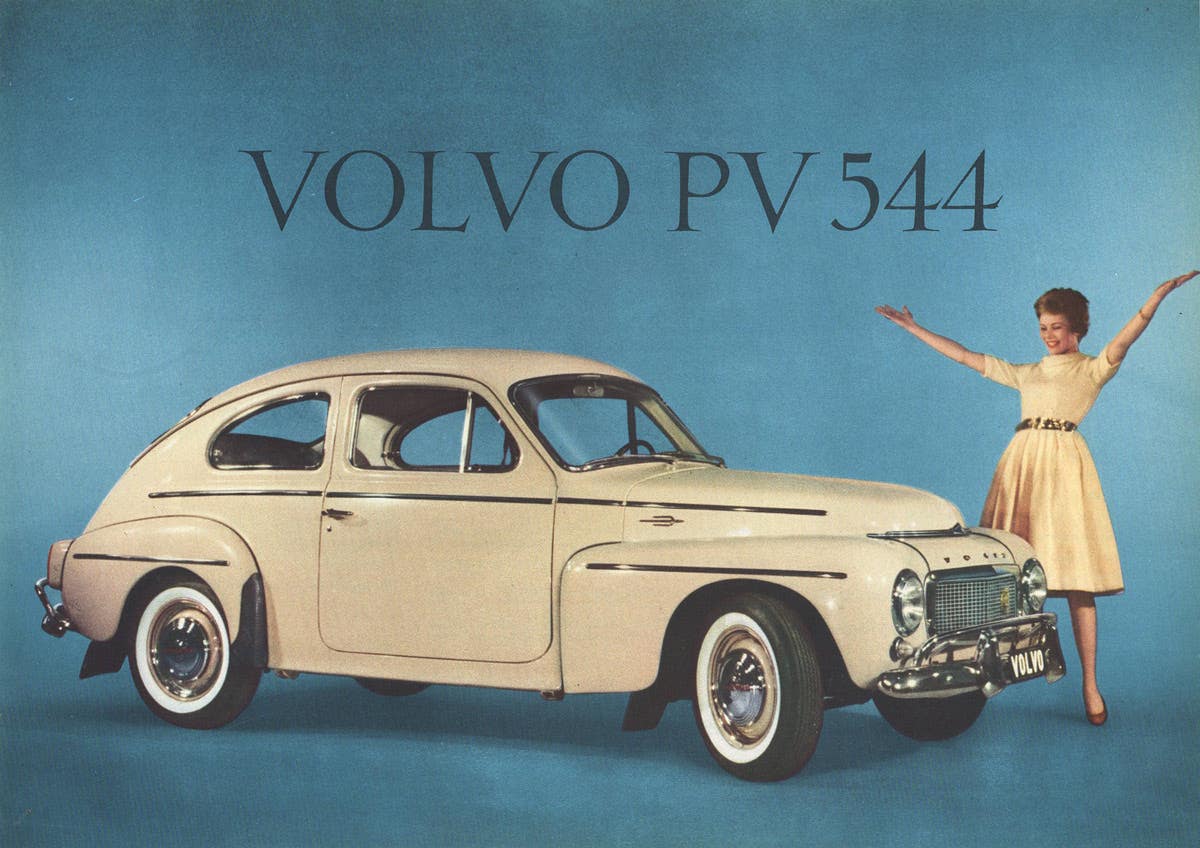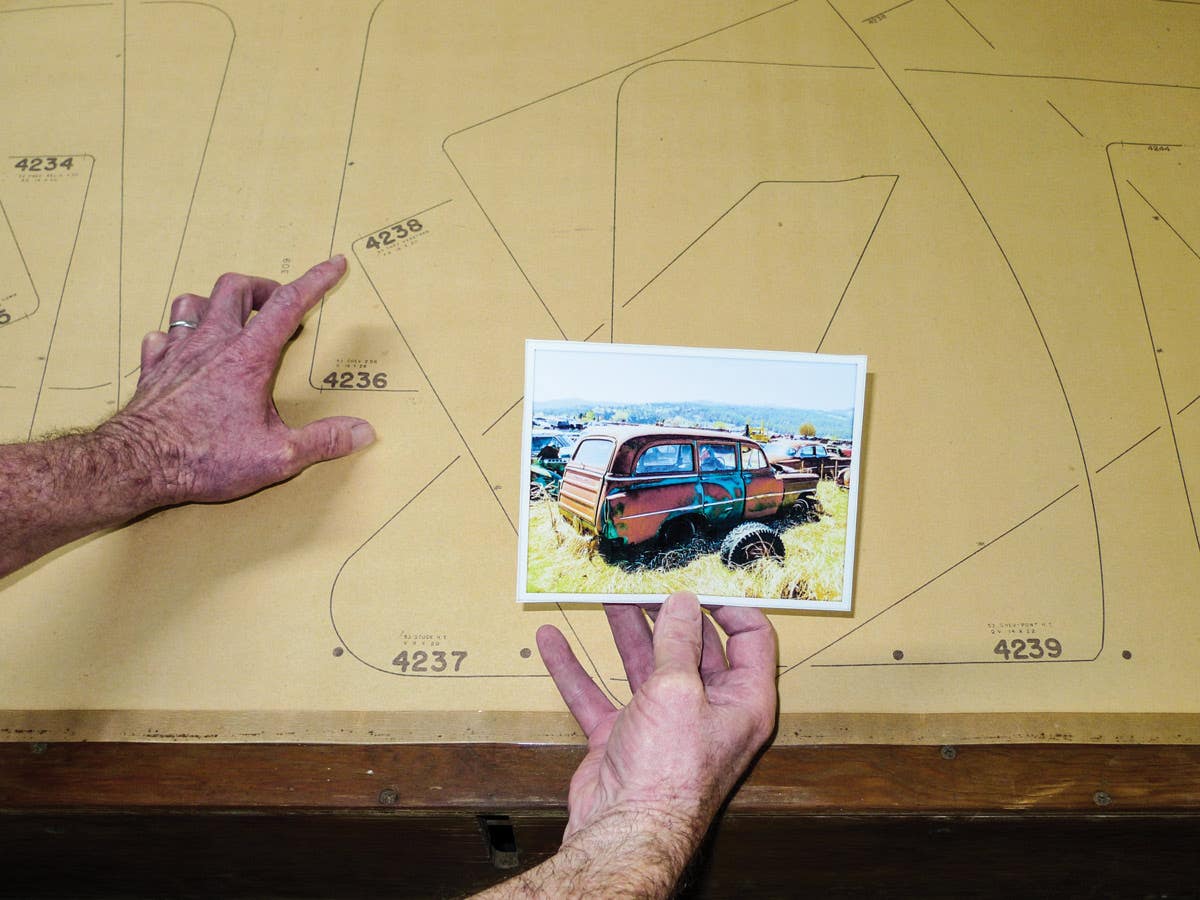Q&A with Kit Foster: July 9, 2015
Q. I own a 1941 Lincoln-Zephyr Club Coupe with push-button doors. Of all the pictures I can find on Google or Bing, or original advertising, I see no other Club…
Q. I own a 1941 Lincoln-Zephyr Club Coupe with push-button doors. Of all the pictures I can find on Google or Bing, or original advertising, I see no other Club Coupe with push button doors (like the Continental). I have a copy of the original build sheet, of all the options available, the door handles are not listed. This car is original as best I can identify (serial number H116673, built Dec. 23, 1940) Any help or thoughts?
— Edd Johnson, Olympia, Wash.
A. My first thought was that, since Lincoln changed from twist-type outer door handles to a pull-out for 1941, the inner mechanism might be the same as for the Continental’s push buttons. Some clever owner might have made a conversion. To investigate further, I asked my friend David Cole, long-time editor of The Way of the Zephyr, magazine of the Lincoln-Zephyr Owners Club, about it. He replied as follows:
“As for the push-button door openers… it’s fair game. I thought the refrigerator door handles [pull-out type] and the push buttons were interchangeable, as, for 1947, Lincoln switched back from using push buttons on all Lincoln doors, to putting them only on Continentals, while regular Lincolns reverted to 1941-style yank handles — to use up existing stock, I’ll bet.
“Anyway, I looked in the Body Parts List, and it even states that the 16H 5622400 ‘Button – door lock outside ass’y.’ could be used on the Model 77 Club Coupe. That also entailed using a 16H 7321248 (right hand) and a 16H 7321249 (left hand) ‘Spring – door opener outside door lock push button assembly,’ to kick the door open when the outside button was pushed. Otherwise, the door would just sit there, with you pushing on it, keeping it closed. The kicker spring shoved the door out just far enough so you could take hold of the edge and open it in order to enter the car. Lincoln never advertised this ‘special equipment,’ but it must have been available or those parts would not be listed in the book.”
So yes, your car was apparently built that way, and is probably quite rare.
Q. You asked in the May 28 Q&A column if the roundish device in the back window of the Milwaukee Dodge fuzzmobile was “some sort of radar antenna, perhaps?” Pretty close but not quite.
Not just an antenna, it’s the business part of a radar speed checker. That device, which resembles nothing so much as a potato-chip can, hooks over the partially rolled-up rear window and monitors passing traffic while the car is parked along the roadside. A cable leads to the hand-held meter the officer watches; he can either give chase or, more commonly, radio down the road for his partner to snag the unfortunate driver.
I recognize it because I used to operate those things, a long time back, when I was a police commissioner; nabbed many an evildoer. If you drove through Maryland, maybe you were one of them. Shame be upon you.
— George Hamlin, Clarksville, Md.
Q. In response to the questions submitted by James Ackmann (May 28), as a 29-year veteran of the Milwaukee Police Department, I agree the car is a ’61 Dodge two-door sedan, possibly a Seneca or Pioneer. The protrusion is in fact an early radar unit. Furthermore, 1961 was the year that the MPD transitioned from white/black patrol cars to solid white squad cars. This was also the last year that two-door patrol cars were used by the department. Rambler Ambassador four-doors were the replacement vehicles purchased in 1962. Based on the officer’s uniform, he was assigned to the Traffic Bureau. Here’s one of my own photos of the same type of vehicle from the era.
— Paul Stuhmer, Muskego, Wis.
A. I’ve said before that our readers know everything. I’m beginning to think they’ve done everything as well. Thanks. Dean Nelson, from Battle Lake, Minn., has experience with these, too. He says early in his career they used stationary radar manufactured by Smith & Wesson, which required that the police car be parked. The radar unit looked just like Uncle Ray’s.
To submit questions to this column: E-mail angelo.vanbogart@fwmedia.com or mail to: Q&A, c/o Angelo Van Bogart, 700 E. State St., Iola, WI 54990-0001.
Got Old Cars?
If you don't subscribe to Old Cars Weekly magazine, you're missing out on the only weekly magazine in the car hobby. And we'll deliver 50 issues a year right to your mailbox every week for less than the price of a oil change! Click here to see what you're missing with Old Cars Weekly!
More Resources for Car Collectors:
- Classic car price guides, research, books, back issues of Old Cars Weekly & more
- Get expert restoration advice for your classic car
- Get car pricing, data and history all in one place
- Sign up for Old Cars Weekly's FREE email newsletter
- Need to buy or sell your classic car? Looking for parts or memorabilia? Search our huge online classified marketplace



